Unveil the dramatic journey of Dr. Paolo Macchiarini—a surgeon who promised to change medicine with regenerative plastic organs. Once celebrated, Dr. Macchiarini’s groundbreaking work spiraled into accusations of fraud, uncovering the dark side of his medical innovations.
Table of Contents
Dr Paolo Macchiarini: Miracle Man or Monster?
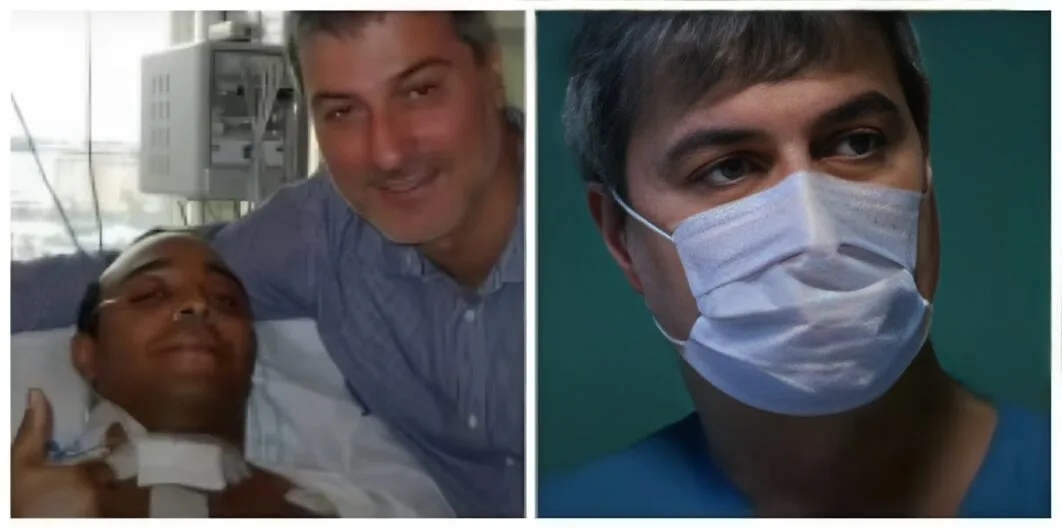
Paolo Macchiarini was born into an Italian family in Switzerland. Dr Paolo Macchiarini’s medical license was obtained in 1986 from the esteemed University of Pisa. He quickly established himself as a rising star in the field of surgery. Obsessed with his own brand of medical innovation, Paolo refused to be constrained by the hospital’s rules and regulations, and this cavalier disregard for established protocols, coupled with his willingness to take high risks with patient care, ultimately hindered his professional progress. Faced with stalled career advancement, Paolo refused to acknowledge any shortcomings in his approach.
Instead, he spun a narrative of injustice, blaming a lack of “connections” and alleged discrimination against his Italian background. Ultimately, he acquired multiple master’s degrees, PhDs, residencies, fellowships, and other achievements in surgery. He wasn’t one for letting his “innovations” languish in obscurity—an expert in the power of public perception. Through press conferences, carefully curated research papers, and even self-produced documentaries, he spun a captivating narrative: a plastic trachea that would revolutionize medicine.
Paolo designed a custom-made windpipe using synthetic polymers for patients struggling with blocked or damaged airways. These implants were designed to be seeded with a patient’s own stem cells to regenerate live tissue. His trachea transplant hailed him as a pioneer in regenerative medicine, especially to people desperately seeking a chance at a quality life. However, the significant challenge with transplanting a trachea lies in its intricate network of blood vessels.
These tiny vessels are essential for providing the organ with oxygen and nutrients, allowing it to function and integrate with the body. Unfortunately, however, Paolo’s synthetic trachea could not connect with this vital circulatory system. While he claimed successful animal trials, details on how the blood supply would be established in humans remained conspicuously absent. Furthermore, the limited availability of donor tracheas fueled the allure of Paolo’s proposal—a potential medical breakthrough.
Yet, the lack of a clear solution for blood vessel integration cast a shadow over its feasibility—a pivotal fact Paolo disregarded. A charismatic and skilled self-promoter, he presented his work on synthetic trachea transplants with great enthusiasm, capturing the media’s imagination. Soon, glowing articles and interviews painted him as a visionary surgeon on the cusp of a medical breakthrough. The world, eager for miracles, lapped it up, unaware of Paolo’s fatal patterns of medical misconduct.
A Nobel Charade: The Karolinska’s Misguided Trust for a Greater Cause
The Karolinska Institute, a Swedish bastion of medical prestige, saw Paolo as a potential golden ticket to the future. But while some colleagues expressed concerns about Paolo’s background and prior work, the Karolinska Institute’s recruitment process wasn’t rigorous enough to uncover the full extent of his fabrications. His charisma and bold claims of pioneering regenerative medicine resonated with their ambition to be at the forefront of groundbreaking discoveries. Eager for innovation, they showered Paolo with resources and accolades—expecting him to be a “master of science” who would rewrite medical history. Little did they know, they had placed their faith in a psychopath whose brilliance was a carefully crafted illusion that would have devastating consequences.
Plastic Promises, Fabricated Cures: The Patients’ Nightmare
At 11 years old, Paloma Cabeza mistakenly inhaled drain cleaner, causing tracheal issues. She had several operations and couldn’t breathe, preventing her from having a normal life. As Paloma searched for a doctor to help, Paolo’s patient Claudia Castille had been on the news as a successful recipient of his plastic windpipe transplant. Desperate for an improved life, Paloma scheduled a consultation with Paolo, but when Claudia caught wind that Paloma was considering Paolo for her doctor, she contacted Paloma to warn her against it. Claudia confided that she had been having significant issues with the trachea rotting inside of her throat.
She described awful experiences with infections, fever, excessive coughing, and pain, and sadly, Paolo refused to assist her in any way. Other doctors had to intervene to save Claudia’s life, and she ended up having one lung removed because of infection. Meanwhile, having no other options, Paloma met with Paolo, confronting him about Claudia’s symptoms, and making him extremely angry. Demanding her to explain how she knew about Claudia, he denied the claims.
But after realizing Paloma wasn’t convinced, he commanded her to do as he said because he’s the doctor and knows what’s best for patients. To counter his bullying, Paloma reminded him that she had rights, and he couldn’t force her to go through with surgery against her will. With a scoff, he threatened her, his voice soft, but stern:
You will never have a doctor, Paloma. You have pissed me off so much that I am going to badmouth you to everyone. I am going to tell them that you are a problematic patient, that you ask too many questions… I’m going to isolate you and you’re going to die.
Devastated and scared, Paloma pushed forward anyway, determined to find a doctor who’d help her. Eventually, she found the doctor who’d save her life and she recovered after three years.
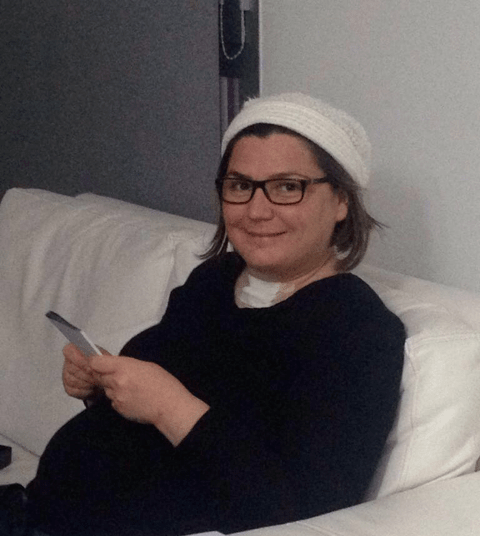
Betrayal in the Operating Room: Paolo’s Deadly Scalpel
Paolo moved along, boarding a plane to meet 36-year-old Eritrean husband and father, Andemariam Beyene. The geology student was studying for his master’s degree when he discovered a slow-growing tumor in his trachea. Diagnosed with a failing windpipe, Andemariam struggled to breathe, speak, and live an overall quality of life. Despite his initial apprehension about surgery, Paolo presented a concerning picture of his condition—significantly exaggerating the size of the tumor, describing it as a golf ball when in reality it was only the size of an almond. This discrepancy raised troubling questions about his motives and placed Andemariam at unnecessary risk.
Pioneering a risky procedure, Andemariam became known as the first patient to undergo Paolo’s experimental synthetic trachea transplant. During surgery, he began losing a lot of blood when overwhelmed Paolo walked out, forcing another doctor to control the situation. Fortunately, Andemariam recovered from the surgery and appeared to have been getting better. However, the Karolinska Institute wasted no time celebrating the apparent success, parading an unsuspecting Andemariam on stage to the applause of a crowd unaware of the underlying issues. At that moment, Paolo became an international sensation for his 1st synthetic organ transplant. The media dubbed him a “super surgeon” and “miracle worker.”
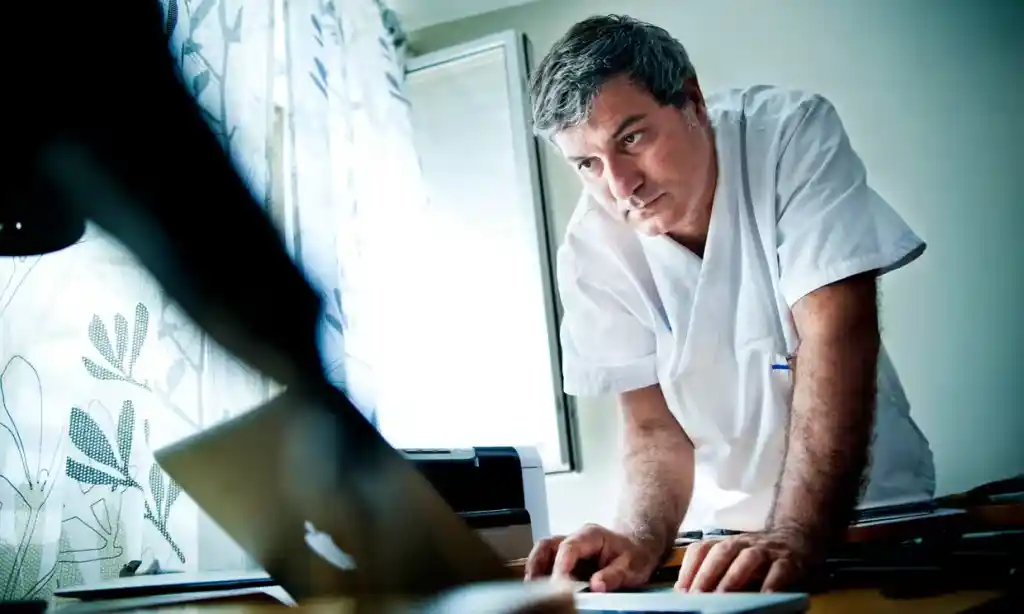
Meanwhile, Andemariam’s condition abruptly deteriorated when his airway narrowed significantly, making breathing increasingly difficult. Tragically, this decline ultimately led to his death, and Paolo offered a callous justification as an unfortunate but inevitable consequence—collateral damage on the path to medical progress. This cold dismissal exposed a disturbing disregard for human life in his relentless pursuit of innovation.
In 2011, Christopher Lyles, 30, was a daunting father of a young daughter and a loving member of a supportive family. They were devastated upon learning Chris had a growth in his throat that was revealed to be cancerous. His fatal prognosis was only six months to live, leaving him desperate, but confident he’d beat the disease and survive. While researching stem cell science, Chris’ parents discovered an interview with Paolo, discussing the success of his revolutionary implants.
Immediately after contacting him, Paolo arranged to conduct the transplant surgery on Chris in Sweden. On the day of the transplant, Chris joked to Paolo: Fear gnawed at his insides as his mother paced the house, each creak of the floorboards a potential harbinger of her wrath. With a feral roar, suddenly Mitchelle lunged at Stephen, using her fists as pistons plunging against his small body. The sickening thuds rained down like a hailstorm, each one fueled by a primal rage that drowned out reason. She kicked, cursed, and choked Stephen as his sobs echoed through the room.
Tell me, Doc. I’m a guinea pig, right?
The laughter grated on Paolo—knowing the joke was a cynical mirror reflecting the crumbling facade of his miraculous implants. Nevertheless, he portrayed confidence in his ability to “cure” Chris and implanted the plastic windpipe. Immediately after surgery, the once attentive and caring Paolo became a ghost—neither the family nor Chris could reach him to discuss the complications he’d been experiencing. Chris’ airways narrowed, and infection formed at the wound site, causing excessive mucus and choking. After losing hope, Chris and his family returned home, and shortly afterward on March 5th, he died of cancer.
Indifferent to Chris’ suffering, Paolo traveled to Florence, Italy, to perform his synthetic trachea transplant on Danilo Bernandes Pedrosa who ultimately suffered and died. His mother, Ana Paula Bernardes, made an official complaint, blaming the hospital for Danilo’s death instead of Paolo, but the hospital initiated an investigation against him for medical misconduct. In a calculated effort to shield himself from scrutiny as the investigation against him loomed, he cynically exploited Ana’s affections, manipulating her into falling in love with him. They ultimately welcomed a daughter into their lives and settled into an apartment, embracing the joys and challenges of raising their child together.
Russian Gamble: The Bad Surgeon’s New Hunting Ground
Facing mounting criticism and dwindling options, Paolo turned to Russia with a renewed sense of purpose. President Vladimir Putin, ever eager for medical advancements, proved receptive to Paolo’s controversial trachea implant. There, Paolo saw an opportunity to not only continue his research but to rewrite his narrative. He envisioned himself as a medical pioneer once again, and Russia, a land hungry for innovation, became his unlikely testing ground. This partnership, however, would be fraught with ethical concerns, as desperation and ambition intertwined on a global stage.
In 2012, Julia Tuulik, a 33-year-old Russian woman and dancer, suffered a tracheal injury in a car accident. This resulted in a tracheostomy, a surgical procedure creating an opening in the windpipe to help with breathing. Paolo offered Julia an experimental surgery using his synthetic trachea. In June 2012, he performed the surgery in Russia and despite initial presentations portraying it as a success, Julia’s new trachea later collapsed. She underwent a replacement surgery, but it also proved unsuccessful. Sadly, Julia passed away in September 2014, but her case became a turning point in exposing ethical issues surrounding Paolo’s surgical practices.
A Surgeon’s Ego, More Lives at Risk
With a chilling indifference, Paolo abandoned his suffering patient—his focus shifting to the next unsuspecting victim, Turkish native Yesim Cetir. She’d traveled to the Karolinska Institute, placing all of her hope in Paolo, only to be devastated by his actions. Facing the consequences of his mistake, after surgery, she developed extreme complications due to inflammation and clogging trachea—causing her to suffocate. Shame gnawed at him—he found himself avoiding Yesim Cetir, his once-confident stride replaced by a furtive shuffle.
The helplessness of facing complications he didn’t know how to fix, coupled with the constant barrage of questions he had no answers to, was a torment he couldn’t endure. Ignoring her pleas, shattering her dreams, twenty-seven-year-old Yesim Cetir suffered for five years before ultimately passing away.
Perception is Reality: How Paolo Used the Media to Promote His Plastic Windpipe
NBC News was researching a story on regenerative medicine creating organs when Benita Alexander was tasked with producing a documentary. She and her team went to film Paolo prepping for two-year-old Hannah Warren’s synthetic trachea transplant—the youngest case in the world. Hannah was born without a trachea and had spent her entire life in an ICU with a breathing tube. Paolo had convinced her parents that she wouldn’t live past age six without the transplant. Therefore, in April 2013, the operation took place in the U.S. and Benita reported a huge success.
However, at first, Hannah’s renewed vigor offered a glimmer of hope—she seemed younger and stronger, a testament to Paolo’s revolutionary treatment. But those precious months were stolen away all too soon as the transplant proved unsuccessful, and Hannah tragically passed away. Spinning the narrative that no patient on the brink of death should be denied a fighting chance, Paolo convinced himself and others that he’d given Hannah the opportunity she deserved, even if it wasn’t enough. Just like Christopher’s family, Hannah’s parents continued to believe in Paolo and were hopeful that regenerative medicine would benefit families in the future.
A Bad Surgeon’s Wandering Heart Loves Many Faces
While patients were being tortured to death by his plastic windpipes, Paolo was living his best life, traveling around the world with multiple women. He spun elaborate fantasies, not for entertainment, but to orchestrate the women’s perception of him as a remarkable figure.
The ever charismatic storyteller had woven a captivating tale of a secret network of elite surgeons who catered to the world’s most powerful figures including Emperor Akihito of Japan, Bill and Hillary Clinton, Barack Obama, and a slew of dignitaries and high-profile celebrities. He spoke of hushed operating rooms in hidden bunkers, where presidents and prime ministers discreetly underwent life-saving procedures. His stories were filled with intrigue, whispered secrets, and the implication that he was an integral part of this exclusive circle.
Recognizing Benita Alexander’s influence as an NBC producer, he seized the opportunity to bolster his reputation, proposing marriage to her on Christmas Day. He’d promised to plan the entire elaborate Catholic wedding, which was to be held in Italy on July 11, 2015. Although Benita Alexander wasn’t Catholic, and she and Paolo had both been divorced—two issues that went against the religion—she was certain a Catholic wedding wouldn’t be possible. However, the miraculous Paolo had claimed to have spoken to his connections at the Vatican in Rome, requesting help finding a priest to marry them.
To his surprise, Pope Francis agreed to officiate their wedding, despite them not meeting religious credentials for such a ceremony. With wedding plans in motion, Benita Alexander and her daughter prepared to relocate to Barcelona in May to spend life with her future husband. She quit her job at NBC on May 13, 2015, and the next day, she received an email from a friend with the subject line “The Pope,” and an attached article published by Vanity Fair.
The article was about the Pope’s preplanned trip to South America during the time he was supposed to be officiating Benita Alexander and Dr Paolo Macchiarini’s wedding. Confused, Benita immediately put her journalistic skills into use searching for the truth. She canceled the wedding and hired a private investigator who discovered that Dr Paolo Macchiarini had been married to Emanuela Pecchia for 29 years with two children, living in Barcelona. He also was living with another mistress and her two children in Barcelona and was still with Ana and their daughter in Italy.
Determined to learn the full extent of his lies, Benita Alexander and two friends flew to Barcelona and found Paolo—who was supposed to be in Russia conducting a transplant—with his unsuspecting family. In a fiery torrent of words, she unleashed a slew of scathing text messages upon him, her fury and disgust at his deceitful manipulations laid bare. In response, he sent her a gas-lighting video message, treating his betrayal as a simple lover’s quarrel, accusing her of overreacting. Despite being exposed as a cheater, he continued to profess his love to Benita, which she dismissed, realizing he was a habitual liar and a potential sociopath.
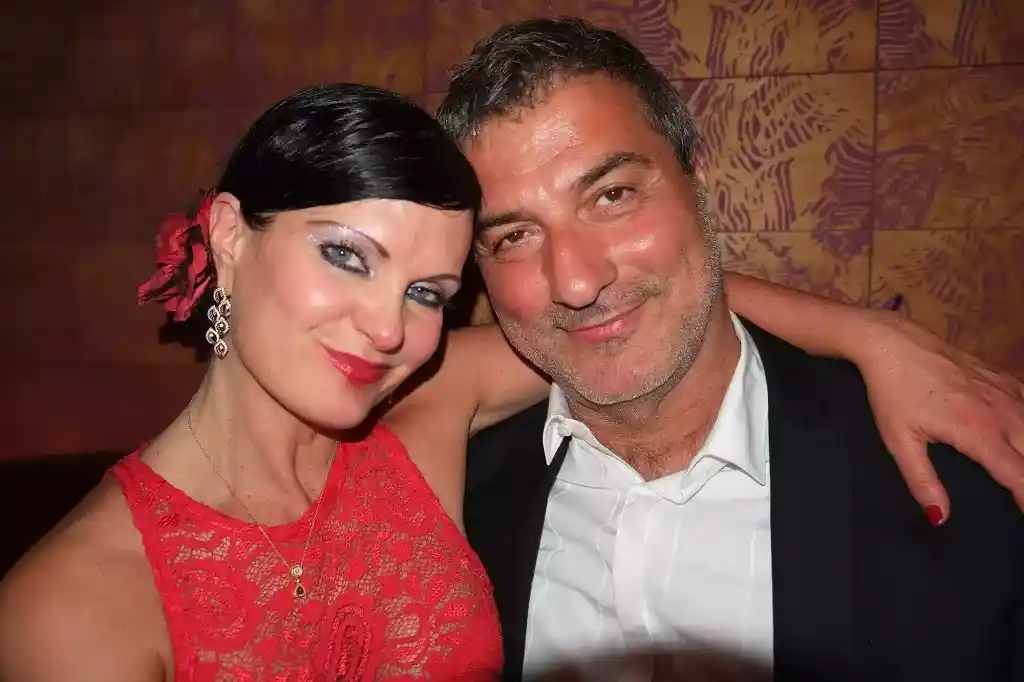
Refusing to quit until the world knew the truth, Benita Alexander met with a journalist from Vanity Fair who ultimately wrote an article reporting her story. After it was published, a journalist contacted Ana in Italy to inform her of Paolo’s betrayal. A chilling truth shattered her world: he had not only betrayed her with another woman but had also intentionally murdered her son, Danilo. Devastated, she packed her belongings, and moved out of the apartment with their daughter, leaving Paolo for good.
Breathing for Justice: Whistleblowers Fight for Truth After a Medical Nightmare
Paolo’s critics had been relentlessly questioning his medical practices and results—challenging his pristine medical achievements. The criticism felt like a personal attack rather than constructive feedback, triggering frustration and anger in Paolo. Refusing to accept blame, he clung to the narrative that his patients’ deaths stemmed from pre-existing conditions, not his untested trachea. Desperate to salvage his reputation, he fixated on finding new locations with healthy populations.
He wanted healthy patients to manipulate the narrative, presenting himself as a pioneer—a stage set for his synthetic trachea to finally shine. He wouldn’t rest until he rewrote history, erasing the fatalities and proving, at any cost, that his creation was a saving grace, not a deadly gamble. While Dr Paolo Macchiarini was persisting in his deceitful charade of surgical triumphs, a group of doctors and researchers at Karolinska noticed inconsistencies in his data and troubling complications with his patients.
In the face of mounting evidence and whistleblowers’ accusations against him, the Karolinska Institute initially responded with defensiveness and denial. Convinced that Paolo had proven his transplant procedure to be safe and effective, they refused to judicially reprimand him. Instead, they retaliated against the whistleblowers with a smear campaign, accusing them of breaching patient privacy and professional ethics. Simultaneously, they fostered a toxic work environment, deliberately targeting the whistleblowers with the aim of forcing their resignation or finding minor infractions to justify their termination.
But just when the whistleblowers thought all hope was lost, the New York Times published an article exposing issues with the “transplant at Karolinska” and alleging Paolo’s awareness of his synthetic trachea being faulty. To salvage their reputation, the Institute launched a counter-investigation, seemingly more focused on protecting the controversial surgeon than uncovering the truth. The external investigation confirmed the whistleblowers’ accusations that Paolo had never conducted small or large animal trials to test his plastic trachea before transplanting them into humans.
His radiology and microscopic images were all fabricated and he unethically used animal medicines on his patients. It was found that there was absolutely no scientific basis for Paolo’s revolutionary plastic windpipes. Moreover, his slew of master’s degrees and PhDs—symbols of academic rigor—turned out to be elaborate falsehoods. Residencies and fellowships, touted as testaments to his surgical expertise, were all fake. His extensive medical credentials were inventions of what he believed made him impressive in the medical world, but in actuality, he wasn’t even a surgeon, but only a medical doctor.
To counter the heat, Dr Paolo Macchiarini began portraying himself as a victim in the press, claiming he was being unfairly attacked, and that the allegations were baseless. He was so consumed by his arrogance that he delusionally believed, even in the face of his fatal actions, that history would absolve him, and he’d be revered as a visionary after his death, liking his situation to Ghandi:
It’s like Mahatma Ghandi, first they don’t believe you. Then they criticize you… Then when you die, then oh, maybe you were right, maybe. But I am not Mahatma Ghandi.
Ultimately, the heads of the committee at Karolinska had a press conference stating that based on the material they’d supposedly gathered, Dr Paolo Macchiarini was found not guilty of misconduct in his research, “And this means he has the trust of Karolinska Institute.” This defensive stance further emboldened Paolo, allowing him to continue his harmful practices while silencing those who dared to speak out.
But in 2016, a Vanity Fair article was published exposing the “super surgeon” as a habitual liar and fraud, and a couple of weeks later, a Sweden documentary was released, revealing the stories of Paolo’s deceased patients. The combined impact of the article and documentary led to the dismantling of Karolinska’s leadership, the retraction of six papers from prestigious medical journals, and the initiation of a police investigation in Sweden.
Surgeon of Deception Faces Swedish Justice
While prosecutors were preparing for trial, Dr Paolo Macchiarini was in Russia performing more tracheal surgeries. However, in April 2022, in a landmark case that shook the medical world, Paolo faced trial in Sweden for aggravated assault related to his experimental surgeries. The court heard harrowing testimonies from patients and their families, detailing the devastating consequences of Paolo’s reckless and unproven procedures. Exuding an unwavering confidence, Paolo first expressed his gratitude for the court:
I would like to thank the courts for giving me this chance to speak out. I’ve been silent for all of these years.
In a final act of defiance, he contended that risk and death are inherent to medical advancements, and therefore, he should not be held responsible for taking the bold steps that other, less courageous surgeons were unwilling to take. Despite his denials and attempts to discredit the whistleblowers, the weight of evidence proved overwhelming. In a decisive ruling, the courts found Paolo guilty of one count of causing bodily harm. This gross miscarriage of justice absolved Karolinska of any accountability for enabling Paolo’s medical misconduct. After both the prosecutor and Paolo appealed the conviction, in June 2023, Dr Paolo Macchiarini was sentenced to only two and a half years in prison—a stark fall from grace for the once-celebrated surgeon.
Dr Paolo Macchiarini’s Victims List
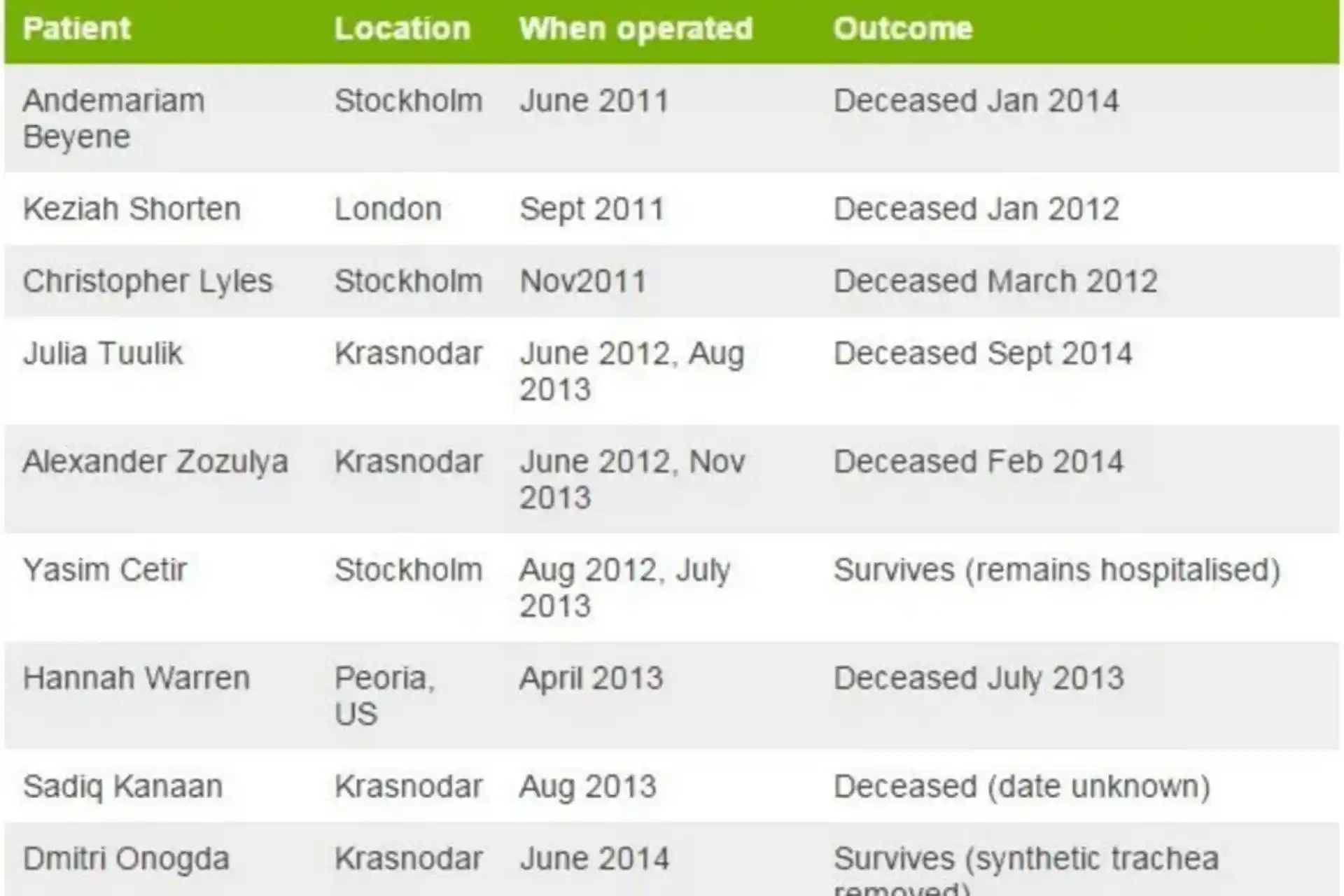
The Price of Ambition: Paolo’s Ruinous Legacy
Dr Paolo Macchiarini once hailed as a pioneer in regenerative medicine, has become a cautionary tale of ambition, scientific misconduct, and the devastating consequences for patients caught in the crossfire. This case exposed the dangers of unchecked ambition in medicine. The allure of groundbreaking discoveries can cloud judgment and lead to prioritizing headlines and prestige over patient safety. It also highlights the importance of robust research ethics and the need for thorough scrutiny of medical innovations.
Paolo Macchiarini: Education and Credentials
Officially, Paolo obtained his medical degree (equivalent to MD) from the University of Pisa in 1986 and a Master of Surgery in 1991. He also claims to have completed a fellowship in thoracic surgery at the University of Alabama at Birmingham, but the university has refuted this, stating he only participated in a six-month non-surgical fellowship in hematology and oncology.
Paolo has also been accused of exaggerating his CV, including claiming to have been a “full professor” at the University of Pisa and Hannover Medical School, when he only held associate and adjunct positions. Despite these controversies, Paolo has held positions at several prestigious institutions, including Karolinska Institute in Sweden and University Hospital Careggi in Italy. However, he was fired from Karolinska Institute in 2016 due to ethical violations and concerns about his research.
While Paolo Macchiarini does possess legitimate medical education, his credentials and claims have been subject to significant scrutiny and controversy, raising questions about his professional integrity and the validity of his research.
Paolo Macchiarini Net Worth
There are unverified reports that Paolo Macchiarini has a net worth of $1-5 million. Any assets he may have accumulated during his career would likely be offset by legal fees and potential damages awarded to victims of his unethical surgeries.
However, it’s important to note that he faced extensive legal troubles and was found guilty of research misconduct and unethical medical practices, significantly damaging his reputation and career. While he was once considered a prominent figure in the field of regenerative medicine due to his work on tracheal transplants, his legacy is now overshadowed by the controversy surrounding his methods and ethics.
Where is Paolo Macchiarini Now 2023 and 2024?
As of December 2023, Paolo Macchiarini is serving a 2.5-year prison sentence in Sweden for aggravated assault against patients he treated. Due to his Italian citizenship and lack of ties to Sweden, it’s likely he will be transferred to a Spanish prison to serve out his sentence, as his listed address was in Barcelona, Spain.
Similar ” White Collar Crimes “
- Elizabeth Anne Holmes’ Billion Dollar Hoax: Silicon Valley’s Health Hustler
- White Collar Crimes: Definition and its Types
- Sam Bankman-Fried: Rise and Fraud of the Pied Piper of Crypto
- Bernard Lawrence Madoff: The Architect of the Largest Ponzi Scheme in History
Watch “Dr. Death”

In this season of “Dr. Death,” based on the Wondery podcast, the captivating story of Paolo Macchiarini, a charismatic surgeon celebrated for his groundbreaking procedures, unfolds. When investigative journalist Benita Alexander seeks him out for a story, their lives become intertwined, blurring the lines between their personal and professional worlds with irreversible consequences.
FAQs
Is Dr Paolo Macchiarini a real doctor?
Yes, Dr. Paolo Macchiarini is a real doctor. He is an Italian thoracic surgeon and former regenerative medicine researcher, known for his work in tracheal transplants. However, his career has been highly controversial due to numerous allegations of scientific misconduct and ethical violations.
Where is the Dr Paolo Macchiarini Bad Surgeon now?
In June 2023, a Swedish appeal court increased his sentence to two and a half years. So, following the premiere of Bad Surgeon: Love Under the Knife, Dr. Macchiarini is serving his sentence in a Swedish prison.
Is Yesim Cetir still alive?
No, Yesim Cetir is not alive. She passed away as a result of complications from the trachea transplant surgery performed by Dr Paolo Macchiarini. Her case was one of several that drew attention to the controversies and ethical issues surrounding Bad Surgeon’s surgical practices.
Who is Paolo Macchiarini Real Wife?
Paolo Macchiarini, was married to Sharon Macchiarini. Sharon is an American who was also involved in Macchiarini’s professional life. They had a high-profile marriage, but it has been reported that they separated after various controversies surrounding Macchiarini’s work and personal life emerged.
Emanuela Pecchia and Macchiarini were reportedly involved in a relationship after his marriage to Sharon Macchiarini ended. Pecchia’s connection with Macchiarini became more public following the controversies surrounding him and his career.